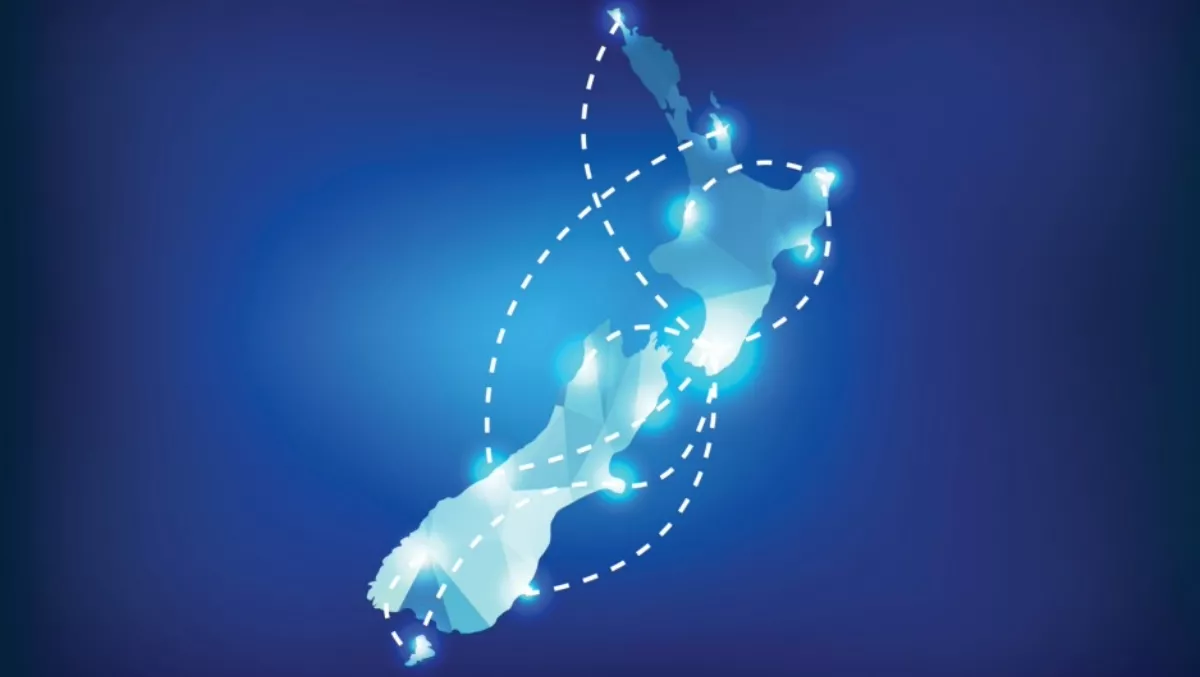
Why not extend our existing NZ security fabric nationally?
There is no doubt, in the cyber world there are changes in the water.
There were many positive responses to the New Zealand government's recent announcement that they will be investing $22.2 million into setting up a national CERT (Computer Emergency Response Team) to receive cyber incident reports, track cyber security incidents or attacks and provide advice and alerts to its customers on how to respond and prevent further attacks
However, Jon McGettigan, Fortinet senior director Australia, NZ and South Pacific Islands, believes these capabilities already exist and are already in motion. He says the challenge is in actual fact to take this existing fabric and spread it across the country to include central, regional and local government, education, healthcare, finance and business.
In her recent speech, Hon Amy Adams, Minister of both Communications and Justice, stated that "improving New Zealand's cyber security is not simply about employing the right technical tools. If you think cyber security is an issue that sits in the IT department, you've missed the critical part of this.
McGettigan affirms that while this may be true, any cyber defence strategy must revolve around technology.
"All the training and education in the world can't stop a staff mistake," McGettigan says. "According to Verizon's most recent Data Breach Investigations Report the median time to the first click on the attachment [of a phishing campaign] was 3 minutes, 45 seconds. A compromise happens in minutes.
McGettigan uses the example of the existing security fabric developed by Fortinet, FortiSandBox, that he affirms not only fulfils the functions of the proposed CERT outlined above but goes further.
"It captures suspect traffic before it enters a properly protected network, forwards it to our FortiGuard Labs for analysis, classifies the nature of the threat and then automatically updates all connected security devices with the malware signatures," McGettigan says. "All this happens automatically and results in a customised, real-time comprehensive catalogue of all of the threats that are attacking any connected network.
McGettigan stresses that organisations and the CERT boards should have a look at security options that already exist to build a comprehensive, real-time and continuously expanding register of threats that are attacking New Zealand enterprises.
"Working together, we can fast-track CERT development and move quickly to protect all Kiwi organisations from external threats," McGettigan concludes.

